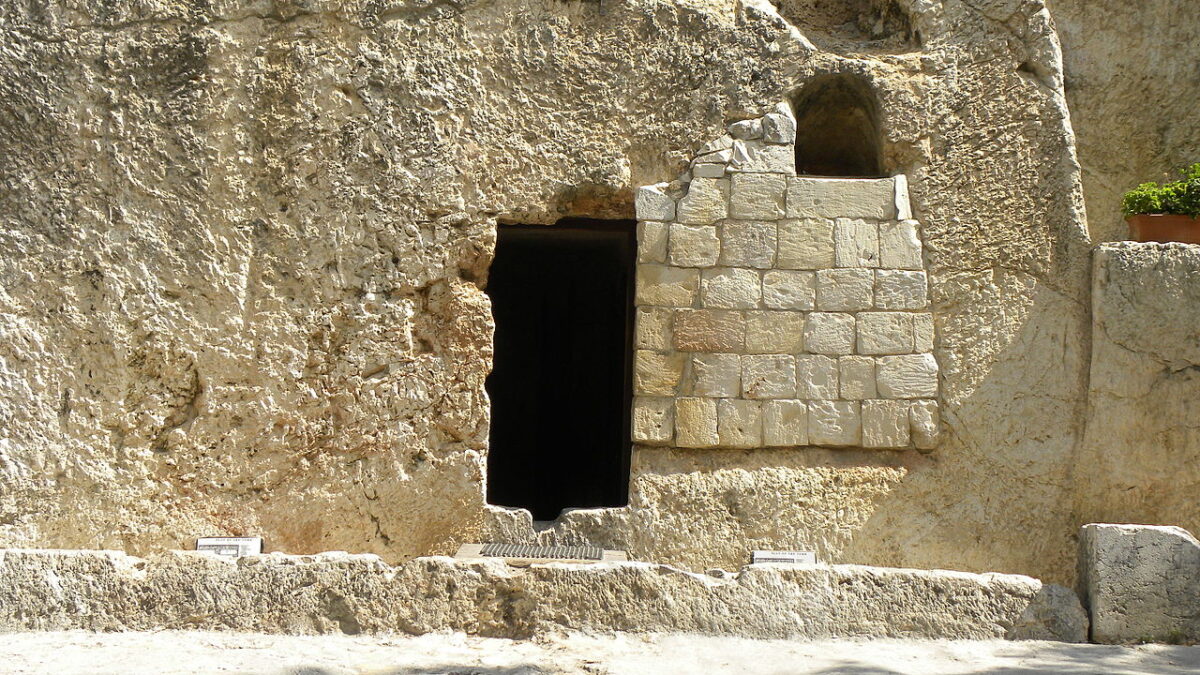
The old fogeys may have had a point about guitars in church. It’s not that there is anything profane about guitars; they are great instruments that can be used wonderfully in worship. And scripture testifies to the worth of using many instruments to praise God and includes calls for loud rejoicing in worship.
But there have been downsides to the revolution in church worship over the last couple of generations. Fights over church music can be ridiculous and ripe for parody, but worship still matters. Thus, we should reflect, calmly and charitably, on what the “guy with the guitar” model of praise and worship got wrong, as well as right.
That it got anything wrong was not obvious in the American evangelicalism I grew up with during the ’90s, in which guitar-driven worship had become the norm. Nondenominational evangelicals in particular embraced the new praise and worship style, as our congregational leaders were determined to make church “experience” — from the music to the sermons — lively and relatable.
Guitar-fronted praise bands led worship that was upbeat and enthusiastic, in contrast to the dull droning of badly sung hymns accompanied by an out-of-tune piano that many church leaders recalled, and rebelled against, from the churches of their youth.
Musical convenience was also a factor. Embracing guitars as the dominant worship instrument was often a reasonable response to circumstances. The guy with the guitar was a portable, one-man solution for the church plants, house churches, and youth groups sprouting up within American evangelicalism.
He also made the logistics of worship simple. If a church had someone who could sing while strumming some chords, then rhythm, chord changes, and lead vocals were all taken care of. Choir practice, sheet music, and hymnals were replaced with chord charts and overhead projectors. Indeed, it was easy to build on the foundation of guitar and vocals as a congregation grew.
But this style of worship created selective pressures that were not always beneficial. Many hymns were ill-suited to the guy with the guitar, especially if he only knew a handful of chords, so they were discarded (if a hymn relied on B chords, a key change or a capo were the only hopes for survival). Consequently, there was a great demand for songs composed in the new style.
Some new songs are good (for example, Keith and Kristyn Getty have done some great work), but many are mediocre at best — musically tepid and lyrically banal. The popularity of these songs is often due as much to being easy to learn and play as it is to the emphasis on anodyne, “seeker-sensitive” church services.
Attempts to make these subpar songs more appealing and emotionally moving often involved the guy with the guitar leading the worship band in putting on a show for the congregation, rather than leading the congregation in worship — spectacle covering for the absence of the sublime and sacred. Flashy megachurch worship with vacuous songs became a stereotype because it was often accurate.
It’s easy, therefore, to look at much modern worship and feel that the traditionalists have been vindicated. But they should recall that there was, and still is, a lot of bad traditional piano and hymnal worship out there.
Furthermore, the vapid megachurch concert was not inevitable, nor is it universal; many churches incorporate guitars and other modern elements into reverent worship. There are examples of both outstanding modern hymn-writing and beautiful arrangements of traditional hymns for contemporary instrumentation. For example, the musicians of Indelible Grace not only create new arrangements of classic hymns, but they also have an extensive hymnbook with sheet music, chord charts, sound samples, and more available for free.
These efforts show that guitars can find a place in the millennia-long traditions of Christian sacred music. Furthermore, traditionalists should remember that what we consider traditional worship — hymnals, pianos, and pipe organs — is itself comparatively recent in the broad sweep of Christian music. In time, novelty may be absorbed by tradition.
Of course, balancing new old and new elements is often difficult, especially because it must be done church by church. For congregations with ample resources—a deep talent pool of volunteers or money to hire professionals — this is mostly a matter of leadership implementing a vision.
But for many churches, it is a challenge just to find enough willing musicians with the ability to play the selected songs and time to rehearse. The skilled musicians in smaller congregations are often working with people such as, well, me — willing, but limited, amateurs.
In such cases, practice is essential, and it helps us immensely when church leaders provide song lists and music to us with ample time to prepare. Whatever style of music a church has, relying on last-minute preparation is a bad idea.
While virtuosity does not ensure good worship and can be delivered without sincerity, bad musicianship also distracts from worship. We should bring our best to praise God, and be charitable to those whose best is not very good (and I often need that charity).
Churches should thus be willing to adjust to the musicians available. A good violinist, for instance, is a great addition to almost any style of worship music. Other, less-conventional instruments can also be useful; for example, an accordion played as a chordal instrument can fill the sonic space with an almost organ-like midrange.
Such eclectic arrangements are part of a very American tradition of folk religious music, which predates the soft-rock of the praise and worship revolution. Some flexibility regarding instrumentation allows churches to support their worship by using the musical resources available, and it encourages a salutary willingness to draw on different parts of the Christian musical tradition.
Different churches can and should have distinct music styles, but they should not cut themselves off from the rest of the living Christian tradition of sacred music. Unfortunately, too many churches have done so. Some have calcified, never singing to the Lord a new song.
Others have uprooted themselves, severing their connection with centuries of psalms, hymns, and spiritual songs. But a dogmatic insistence on a particular style forgets what worship is for.
Worship is not about guitars or choirs or pianos or pipe organs. Or even accordions. These only facilitate worship. We should strive to play and sing and compose our best, but worship is not about us and what we like.
Rather, it is a way of encountering and glorifying God. From the amateur strumming chords in a rented meeting room to the professional organist at a historical church, all should have the same goal: Ad maiorem Dei gloriam — “For the greater glory of God.”









